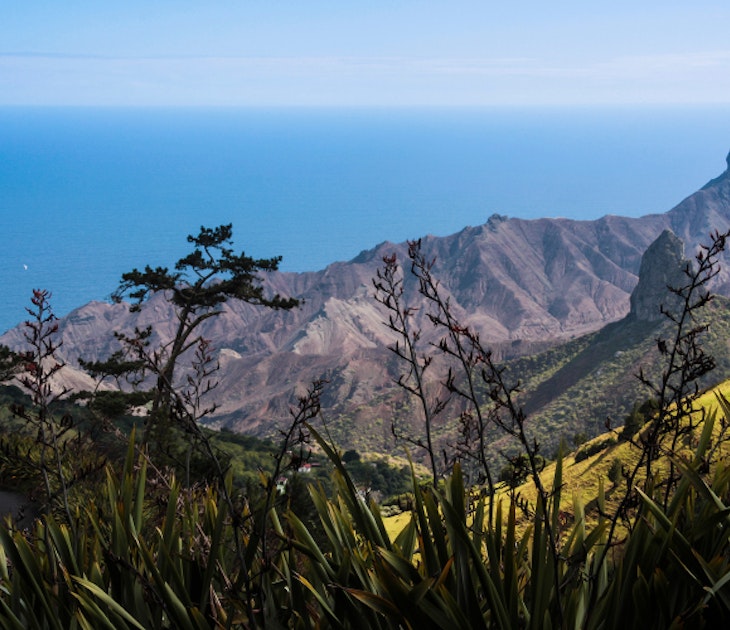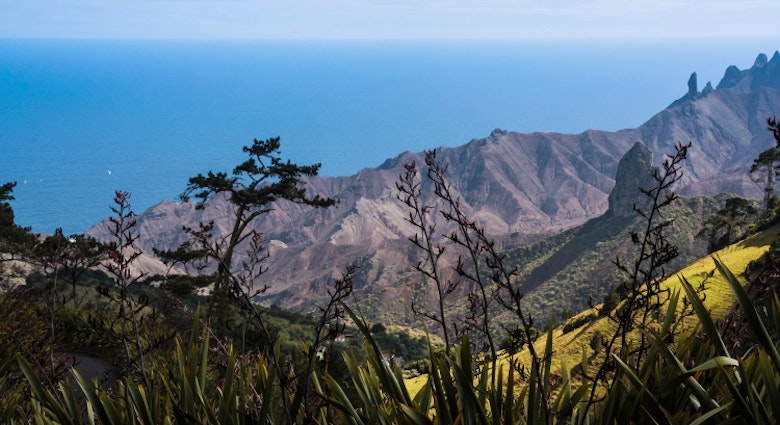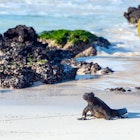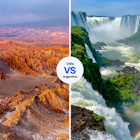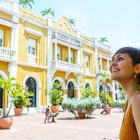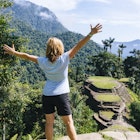Bathed in sun, fringed with beautiful beaches and laden with both indigenous and colonial history, Colombia's Caribbean coast has the power to capture (and hold) the attention of travelers.
Cartagena
Cartagena de Indias has been called the crown jewel of the coast for very good reason – it is stunning to look at and even better to wander. The beautifully preserved colonial section of town, beaming with buildings of vibrant reds, oranges and yellows, is still surrounded by the 13km of original stone walls, which provide a heavy dose of historical atmosphere. When strolling within their confines, the narrow streets and the bougainvillea-draped balconies suddenly combine to frame some rather majestic views of towering church spires in distance. These streets spill into open plazas, each bordered by palms and grand architecture, and dotted with monuments to a bygone time.

Occasionally, these plazas also provide a look into the modern area. Plaza de San Pedro Claver may be dominated by imposing centuries-old edifices of the church and convent dedicated to the square's eponymous saint, but its cobbles are home to numerous metal statues from the adjacent Museo de Arte Moderno. The juxtaposition is a striking one. Also fascinating is the Palacio de la Inquisición, which houses some gruesome displays relating to the inquisition itself, as well as some pre-Columbian artifacts. Its facade is particularly beautiful, with sweeping balconies and a large baroque gateway made of stone and topped by the Spanish coat of arms. There are a handful of other rewarding museums and many churches that are worth some time, such as the Catedral, which was completed in 1612 (it was partially destroyed by cannon balls from Francis Drake in 1586).
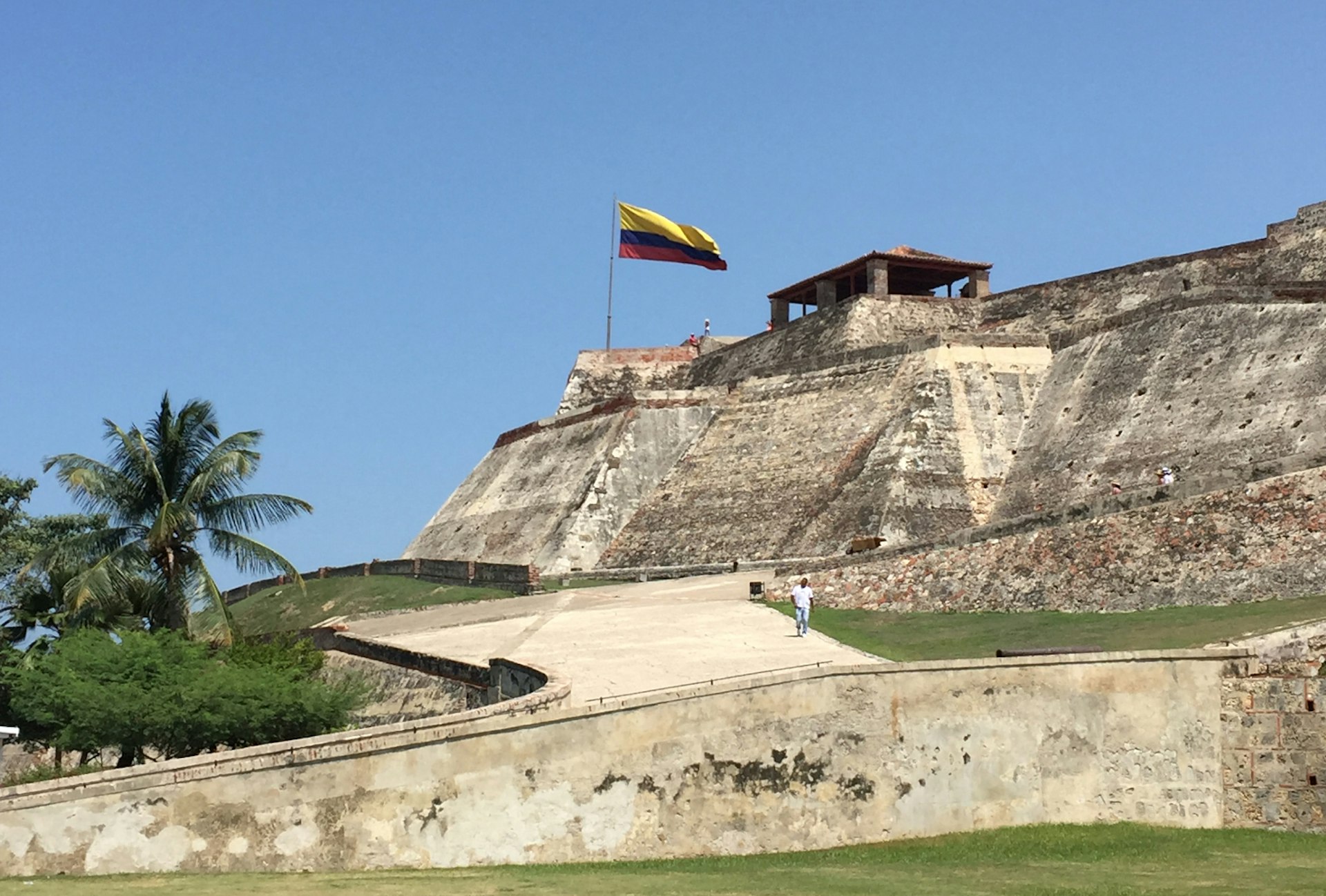
Outside the old town's thick walls is another impressive set of fortifications, those of the Castillo de San Felipe de Barajas. Started in 1657 and expanded greatly in the mid-18th century, it remains the most formidable fortress ever built by the Spaniards in the New World. Even larger in scale, and in complete contrast on all imaginable fronts, is Bocogrande, a slender peninsula to the south that is surrounded by beaches and piled high with modern skyscrapers – Cartagena's version of Miami Beach, complete with cafes, restaurants and luxury flats.
There is no better way to end a day in Cartagena than back in the old city, sitting atop the storied walls and watching the sun slowly set into the Caribbean. The aptly named Café de Mar is an ideal place to witness this timeless scene play out.
Volcán de Lodo El Totumo
While just 50km northeast of Cartagena, this amusing site is a world away from the colonial city's cleanliness. Myth says that this 15m-high conical vent once erupted fire prior to it being quenched with holy water from a priest who feared it was the work of the devil. Visitors now climb some rather steep steps to the summit before plummeting into a crater bubbling with warm mud. With the consistency of thick cream, it supports prone human bodies almost atop its surface, while people who stand upright sink to just below chest level. It is a rather surreal experience, and locals are on hand to provide massages (bring small bills to tip for this).

Women wait in the nearby lake to clean visitors, though their exuberance can resemble waterboarding at times. Come with a sense of humor and the entire experience will be an enjoyable (albeit dirty) one.
Santa Marta
Santa Marta is the oldest surviving city in South America. The Tayronas people were all but wiped out by the early Spanish who settled here in a quest for their gold. Today, this beachside city is a favorite of Colombian holidaymakers and provides international visitors with a more gritty and less revamped version of its more famous colonial cousin Cartagena that sits some 200km southwest. When not lounging by the water's edge, an ideal way to spend time is soaking up the languid atmosphere in the streets and plazas around the Catedral. In the evenings, restaurants and bars take over many of the narrow streets and the essence of the place is transformed by a youthful spirit. Dining al fresco is a great way to take it all in, and there are numerous places offering simple but delicious Latin dishes such as ceviche.
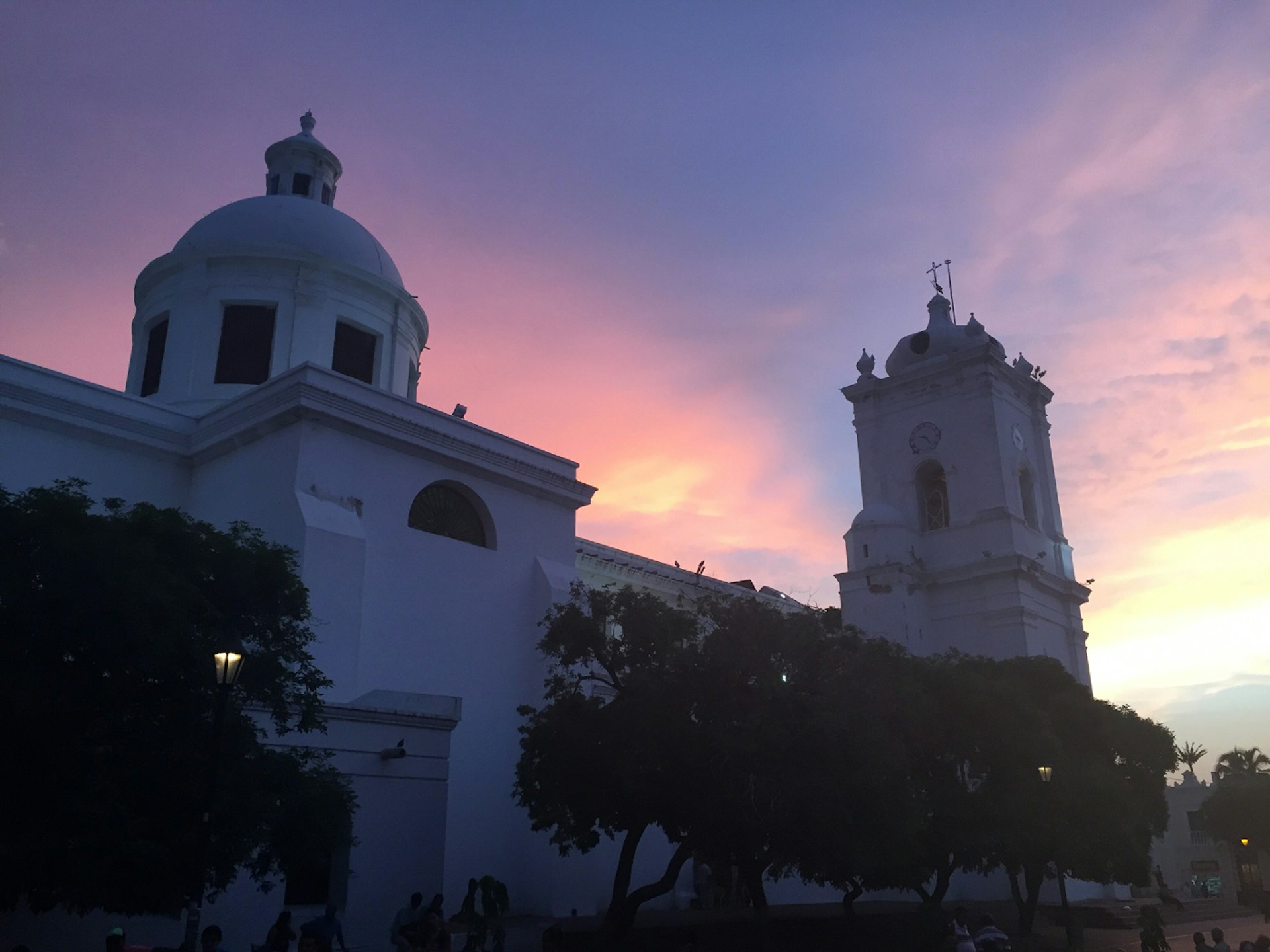
Simón Bolívar, who was instrumental in bringing independence to no less than six Latin American countries, died when visiting Santa Marta on 17 December 1830. Quinta de San Pedro Alejandrino, the hacienda where he spent his last days, has been transformed with the construction of a series of monuments to the revolutionary leader. The most impressive is the Altar de la Patria – inside the imposing structure is a large statue of Bolívar that seemingly transforms when viewed at different angles. If standing to the far left, the leader looks young and strong, with no wrinkles, his cape flowing and his left leg striding forward purposefully. When standing directly in front of Bolívar, his military medals and sword are visible, and his face looks slightly more weathered. When viewed from the far right side of the room, an elder Bolívar is presented: his left leg looks hobbled and his sword now resembles a cane; what was his cape is now a shawl protecting him from the cold; and his face and hair are much more aged.
Parque Nacional Natural Tayrona
Named after the indigenous people who once called the area home, Tayrona straddles the foot of the Sierra Nevada de Santa Marta and 3000 hectares of Caribbean waters. Hiking in the rainforest clad hills and lounging on the park's many secluded beaches (some of Colombia's most beautiful) are the two biggest attractions here. Although there are many endangered species wandering Tayrona, they keep well hidden, so ventures into the wild are more for the experience itself than what wildlife you'll see – the scenery is lush, with numerous rivers and lagoons, the latter making refreshing swimming holes.

There are also some archaeological ruins from the Tayrona people in the park that local guides can help locate, the most famous being Pueblito. Known as Chairama in the indigenous language, it once supported around 4000 people and more than 500 dwellings still remain to this day.
Santuario de Fauna y Flora Los Flamencos
Located in the far northeast, not far from the Venezuela border, this 700ha nature preserve provides sanctuary for up to 10,000 pink flamingos in the wet season (September to December). Local skippers, who usually know where the flocks are residing, will take visitors out onto the shallow lagoon in simple boats if there is sufficient time to reach them and return before dark.
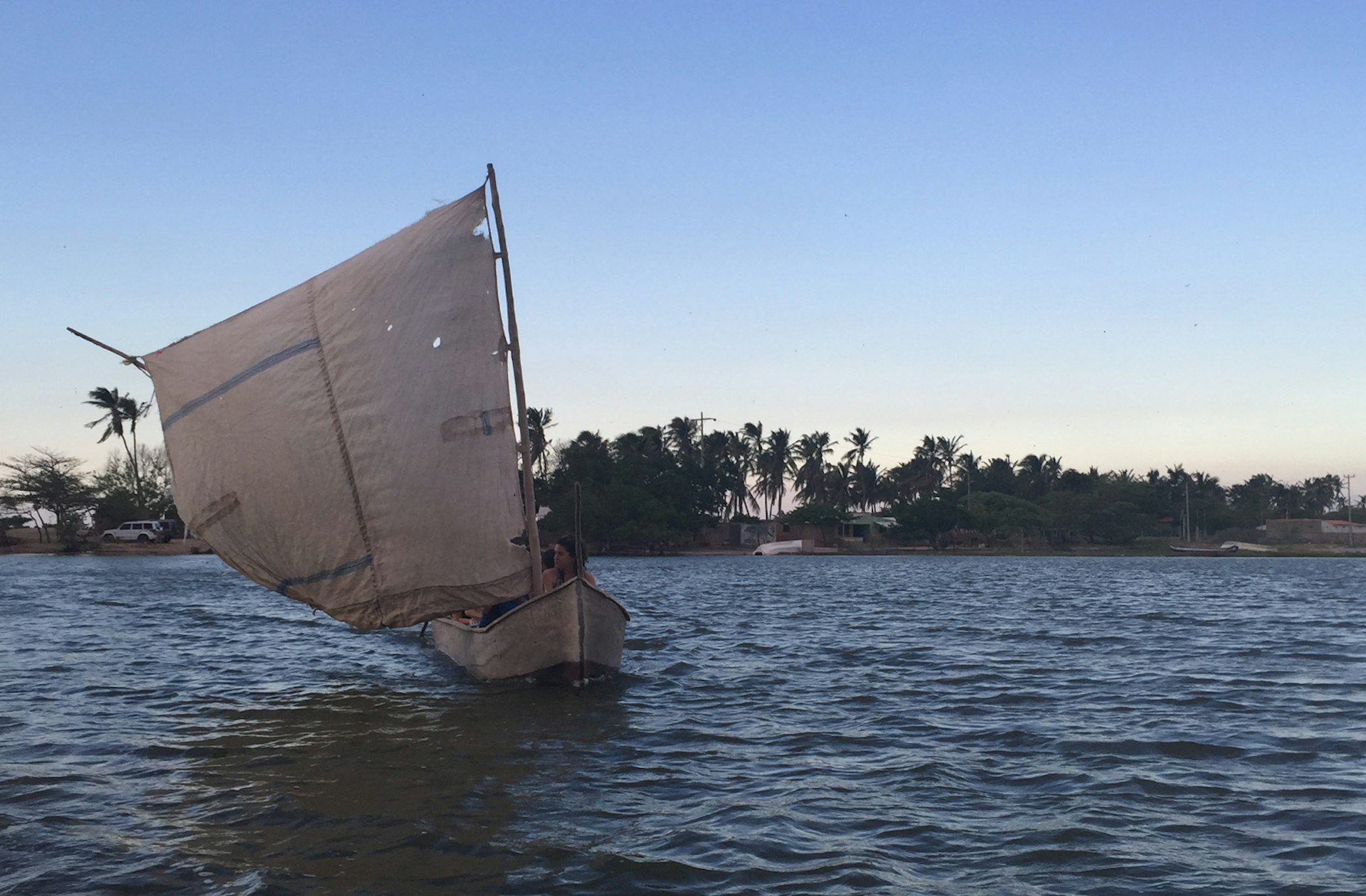
Matt Phillips traveled to Colombia with G Adventures (gadventures.co.uk). Lonely Planet contributors do not accept freebies in exchange for positive coverage.

